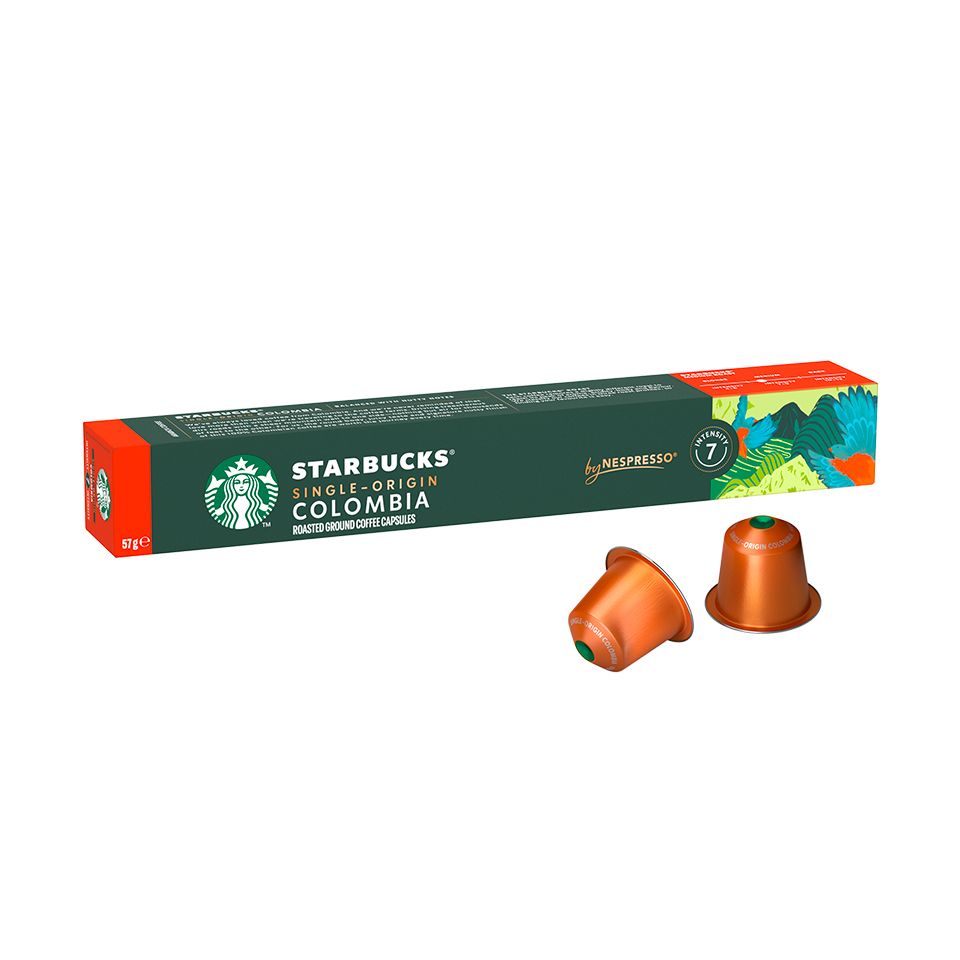The New Wave of Choosing SOE Single Origin Espresso at Home
The New Wave of Choosing SOE Single Origin Espresso at Home
Blog Article
Recognizing Coffee Beans: the Trip From Coffee to Blended Coffee Beans

The Beginnings of Coffee: An International Perspective
While you may assume of coffee as a contemporary staple, its beginnings map back centuries, intertwining with cultures throughout the world. The tale begins in Ethiopia, where tale claims a goat herder named Kaldi uncovered the invigorating impacts of coffee beans after observing his goats frolicking energetically after eating them.
As trade routes increased, coffee made its means to Europe in the 17th century, rapidly getting appeal. It transformed from a mystical beverage into an everyday routine, motivating celebrations and intellectual exchanges. Each society added its distinct spin to coffee preparation, improving its background. This global journey highlights how coffee attaches us, going beyond borders and uniting diverse traditions via a simple bean.
Farming and Harvesting of Coffee Beans
As coffee's journey evolved, the emphasis changed to the growing and harvesting of certain bean varieties, especially those made use of for espresso. You'll locate that espresso beans commonly come from Arabica or Robusta plants, each offering unique flavors. The excellent growing problems include high altitudes and abundant, well-drained soil, which enhance the beans' high quality.
Throughout the harvest, selecting techniques differ. In some areas, employees hand-pick ripe cherries, making sure only the most effective fruit goes to processing. In various other locations, mechanical harvesters are used, particularly on bigger farms. Timing is important; you desire to gather when the cherries get to peak perfection for optimum flavor.
Once harvested, the beans are gotten ready for handling, which is important in identifying their final taste. Comprehending the growing and collecting procedures provides you understanding into what goes right into your favored coffee, enriching your appreciation for each cup.
Handling Techniques: From Cherry to Bean
Currently that you've found out about harvesting coffee beans, let's discover just how those cherries transform right into the coffee beans you like. You'll see just how different harvesting techniques influence taste, followed by the crucial steps of fermentation and drying out. Ultimately, we'll break down the milling and grading process that determines your coffee's high quality.
Harvesting Methods Clarified
When it comes to coffee, understanding harvesting strategies is crucial, because they directly influence the flavor and top quality of the beans you enjoy. Discerning choosing involves hand-picking only ripe cherries, ensuring you obtain the ideal high quality beans. Eventually, the choice of collecting method can considerably influence your coffee experience, so it's worth understanding exactly how those beans made it to your cup.
Fermentation and Drying Out
After harvesting, the next actions in processing coffee beans play a considerable function fit their taste. You'll discover that fermentation is vital, as it aids damage down the mucilage surrounding the beans, enhancing their preference profile. Depending upon the technique, this process can last from a few hours to a number of days, with differing outcomes based on temperature level and humidity.
When fermentation is full, drying out adheres to, which is similarly crucial. You can choose from sun-drying or mechanical drying approaches. Sun-drying allows the beans to absorb tastes from the setting, while mechanical drying out guarantees constant wetness levels no matter weather. Appropriate drying out is vital to protect against mold and maintain the beans' top quality, inevitably affecting your cup of coffee.
Milling and Grading Refine
As fermentation and drying set the phase for taste advancement, the milling and grading procedure guarantees that only the best coffee beans make it to your mug. This stage entails removing the outer layers of the coffee cherry, including the parchment and husk. High-grade beans receive a higher quality, resulting in a richer coffee experience.
Roasting Methods: Opening Taste Possible
When you roast coffee beans, the method you choose can drastically influence the taste account. Recognizing the connection between time, temperature, and toasting strategies is essential to revealing the possibility of your brew. Allow's discover just how these components integrated to develop the best mug.
Toasting Approaches Described
While you could assume that all coffee toasting methods yield the very same results, the truth is that each method exposes special flavor potentials in the beans. You can pick between approaches like drum roasting, air roasting, or perhaps traditional SOE pan roasting. Drum toasting uses a rotating drum to uniformly distribute warm, boosting caramelization and creating a well balanced flavor. Air roasting, on the other hand, distributes warm air around the beans, promoting a lighter roast with pronounced acidity. Frying pan roasting permits for hands-on control yet needs constant focus to stay clear of burning. Each approach has its subtleties, so try out different strategies can assist you find the ideal roast that lines up with your preference preferences. Appreciate the trip of finding your suitable mug!

Influence On Taste Profile
Different toasting techniques not just influence the procedure but likewise considerably affect the flavor account of the coffee beans. When you select a light roast, you'll experience bright level of acidity and floral notes, showcasing the bean's beginning. In contrast, a medium roast equilibriums level of acidity with sweetness, frequently disclosing chocolatey touches. Dark roasts, on the various other hand, bring out vibrant, great smoky flavors, in some cases covering up the bean's unique attributes. Each technique discloses different oils and substances, resulting in a wide array of flavors. By try out numerous roasting styles, you can uncover which profiles reverberate with your palate. Understanding these subtleties assists you appreciate the virtuosity behind your mug of coffee, boosting your overall experience with every sip.
Time and Temperature Aspects
To launch the complete taste possibility of coffee beans, both time and temperature level throughout the roasting process play significant duties. When toasting, you'll find that higher temperature levels can promptly develop flavors, but if you hurry it, you may finish up with burned notes. Conversely, lower temperatures enable an extra steady flavor development, showcasing the beans' distinct attributes.

Timing is equally as important; expanding the roast also long can bring about a loss of level of acidity and illumination, while as well short a roast may leave the beans underdeveloped. Finding that sweet place needs practice and experimentation. By adjusting these factors, you can expose the rich, complex tastes hidden within each bean, creating a truly amazing coffee experience.
The Art of Blending: Crafting Special Coffee Profiles

Beginning by picking a base coffee that offers a strong foundation. An intense Ethiopian bean can bring fruitiness, while an abundant Brazilian coffee adds body.
As you blend, remember that each mix narrates. You're not simply making coffee; you're producing an experience. So, take your time, preference often, and take pleasure in the trip of discovering your signature blend.
Brewing Methods: Exactly How Preparation Impacts Taste
Blending coffee opens up a domain of taste opportunities, however exactly how you brew that blend can significantly affect your final mug. On the other hand, a pour-over highlights the coffee's quality and illumination, excellent for showcasing delicate notes.
Espresso, with its high pressure, produces a concentrated shot that emphasizes sweet taste and crema. If you favor a lighter brew, think about a chilly mixture method; it yields a smooth, much less acidic taste.
Adjusting variables like water temperature level, grind size, and brew time can change your coffee's profile. Embrace the art of developing to discover the flavors concealed in your coffee blends.
The Future of Coffee: Sustainability and Technology
As the coffee market evolves, sustainability and advancement are coming to be necessary for addressing environmental obstacles and meeting customer demands. You'll observe that even more coffee business are adopting green methods, from sourcing beans fairly to executing sustainable farming techniques. These shifts not only aid the earth yet likewise boost the top quality of the coffee you enjoy.
You may see innovations like biodegradable product packaging and water-saving brewing methods that minimize waste. Advanced technology, such as blockchain, is also becoming prominent, ensuring transparency in the supply chain, which permits you to map your coffee back to its origins.
Additionally, investing in regional areas and supporting farmers through fair trade efforts cultivates a more sustainable coffee ecological community. As you sip your next cup, bear in mind that your options can add to a brighter future for coffee. By going with lasting brands, you're not just enjoying a beverage; you're making a favorable effect on the globe.
Often Asked Concerns
What Is the Distinction Between Arabica and Robusta Beans?
Arabica beans are smoother, sweeter, and have a higher level of acidity, while robusta beans are more powerful, a lot more bitter, and include more high levels of caffeine. You'll observe these differences in taste and scent when brewing your coffee.
How Does Elevation Affect Coffee Bean Flavor?
Elevation impacts coffee bean taste considerably. Greater elevations produce beans with brighter level of acidity and facility tastes, while lower altitudes frequently yield beans that are much heavier and less nuanced. You'll observe these differences in your cup!
What Are the Wellness Perks of Drinking Coffee?
Consuming alcohol coffee can enhance your energy, improve psychological emphasis, and even enhance physical efficiency. It's rich in anti-oxidants, may reduce the risk of particular conditions, and can promote a much healthier metabolic process when eaten in small amounts.
Can Coffee Beans Be Recycled for Brewing?
Yes, you can recycle coffee beans for developing, however the flavor could be weaker. If you appreciate experimenting, try reusing them in different ways, like cool mixtures or contributing to shakes for an extra kick.
Exactly how Should I Shop Coffee Beans for Quality?
To maintain your coffee beans fresh, save them in an airtight container in an amazing, dark place. Prevent exposing them to heat, light, or moisture, as these elements can promptly degrade their flavor and scent.
Recognizing Coffee Beans: the Trip From Coffee to Blended Coffee Beans.
Currently that you've learned about gathering espresso beans, allow's check out just how those cherries change right into the coffee beans you enjoy.When you roast coffee beans, the approach you choose can considerably impact the flavor profile - Single Origin Espresso.While you might think that all coffee roasting methods yield the same results, the truth is that each method reveals distinct flavor capacities in the beans.Different roasting methods not just affect the process yet additionally significantly affect the flavor profile of the coffee beans
Report this page